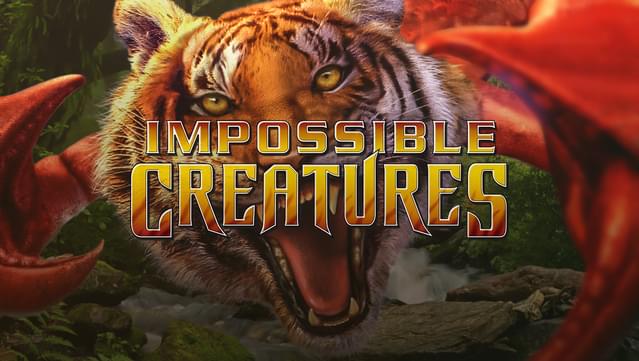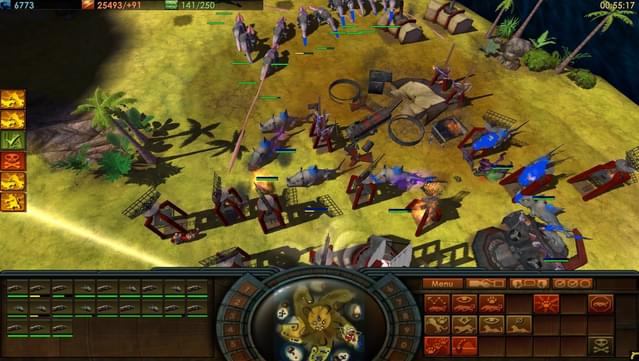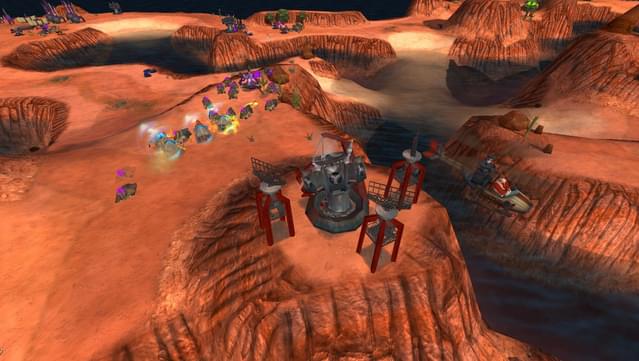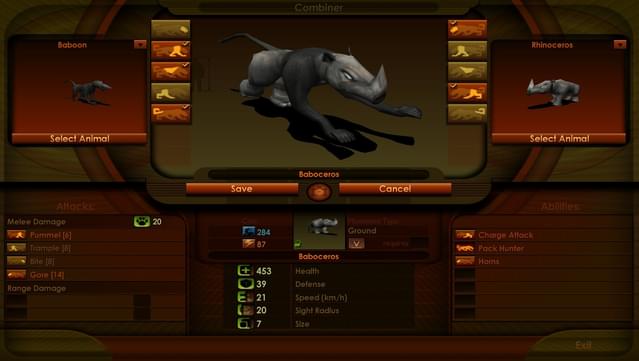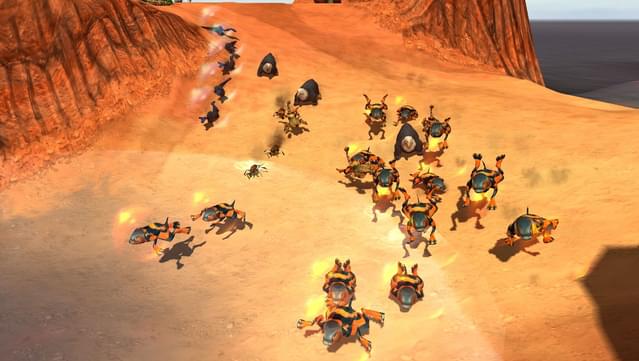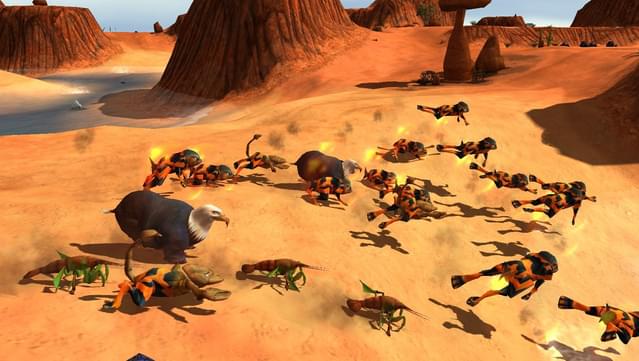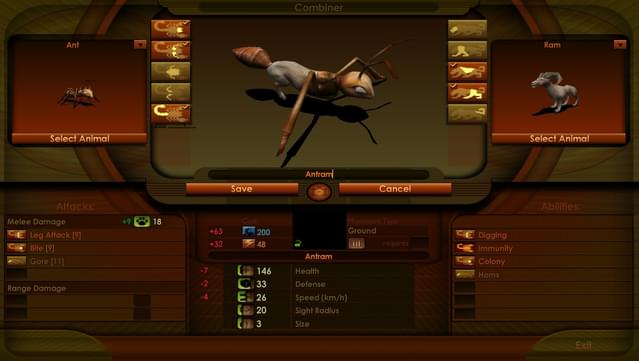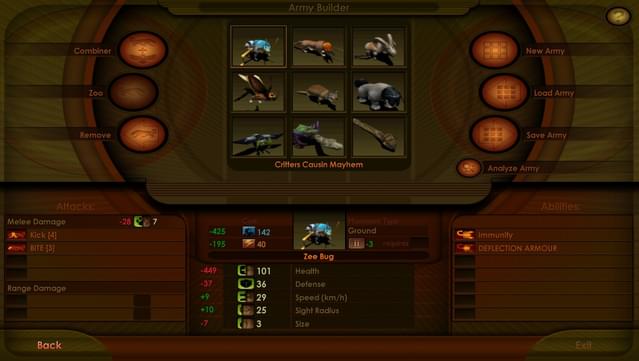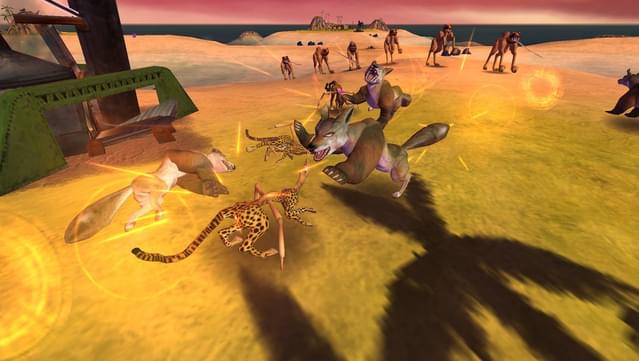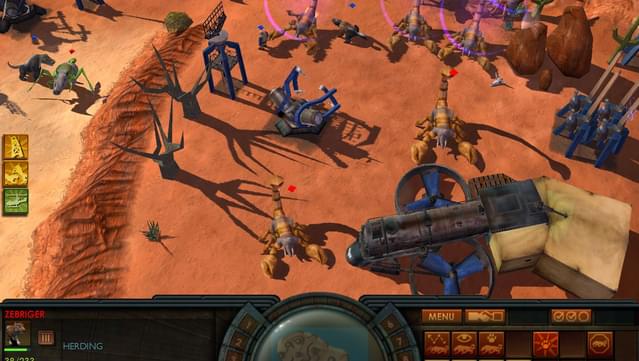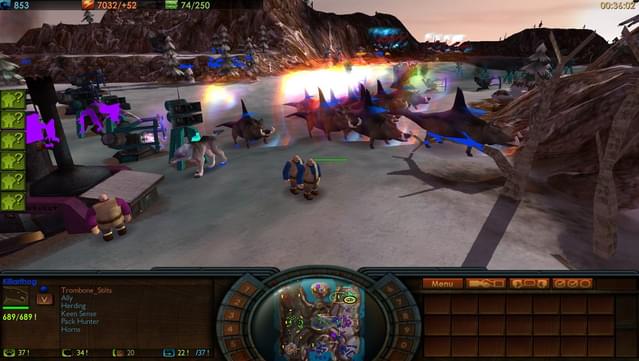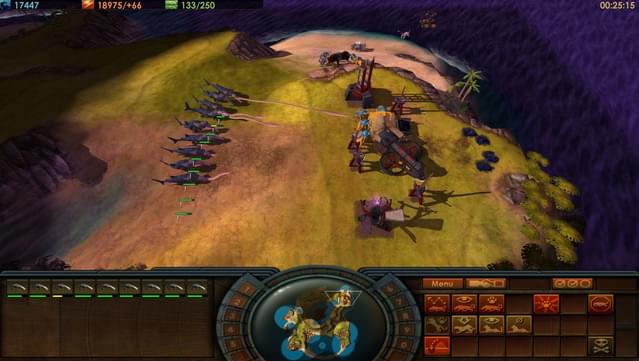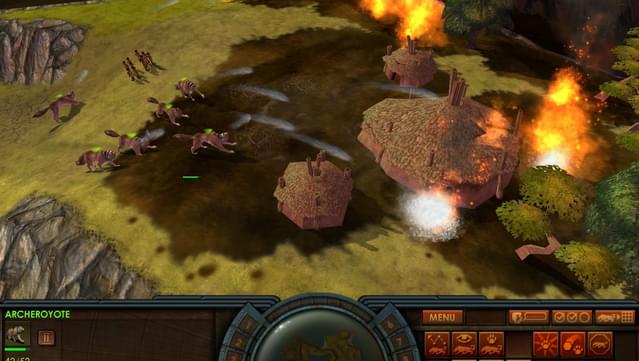Posted on: April 22, 2025

Puntolory
Verified ownerGames: 495 Reviews: 6
Strategy-by-design
Impossible Creatures is a game that capture my attention ever since I read about its premise. However, even if I was aware of the main mechanic revolving about creating a roster of combined creatures as the bulk of your RTS army, I wasn't sure what to expect from the final result, and I am happy to say that the game exceeded my expectations. The main mechanic works pretty well and, during the campaign, gives you plenty of of reasons to continue to experiment as you get access to more and more animals to combine into creatures and your enemies use a different roster every match, which means you always need to revise your roster to beat every mission. How much you'll like this depends on your preferences, but personally, I liked that the game wanted me to get creative and continue to try new combinations throughout the campaign. Add to this a surprising dose of personality in terms of both style and tone thanks to the setting and colorful characters featured and a lengthy campaign that stops just before the game gets repetitive and we have a pretty solid recipe for a classic. The game isn't 100% perfect, and after doing the campaign I didn't find myself too interested in experimenting further in skirmish vs the AI (and if this is the case, you end up not being able to try out a few non-campaign creatures plus the ones from the Insect Invasion DLC), but I do think that it's one that given its strength nevertheless deserves at least a try, and for the price it goes nowadays, I see no reason not to recommend it!
Is this helpful to you?
